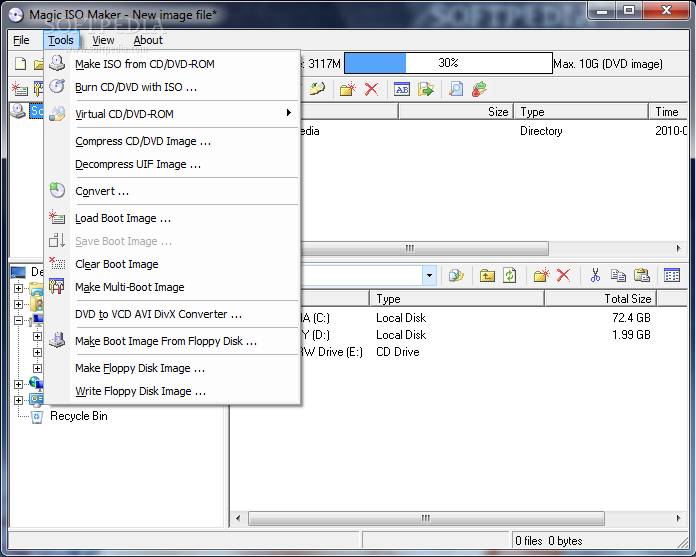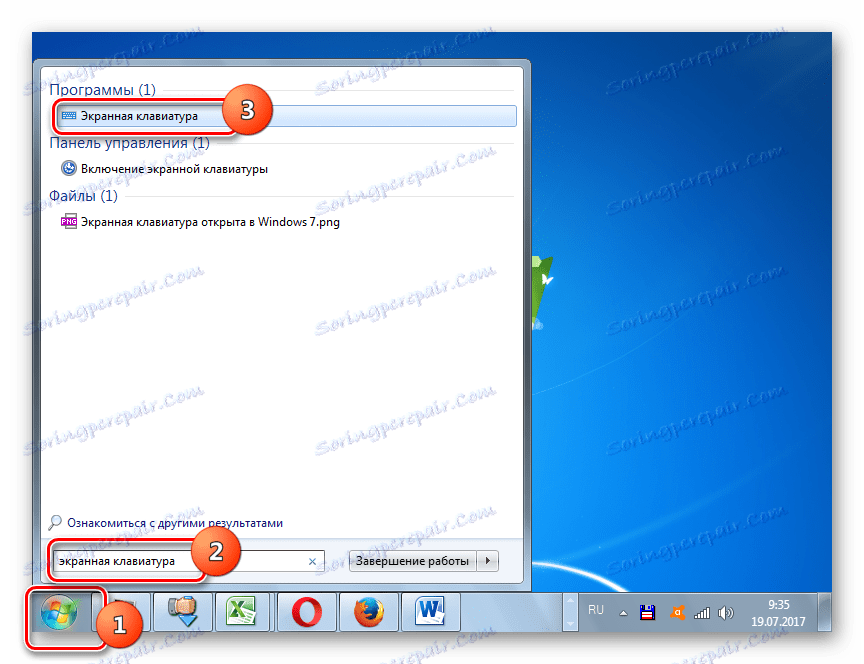

Hello, I have been using Microsoft's OSK.EXE (on screen keyboard) for several years now - on a backup PC / print server etc. Type a name for the shortcut, and then click Finish.Right-click the desktop and choose New, then Shortcut.To make a shortcut icon on your desktop to the on-screen keyboard: Hovering mode, where you use a mouse or joystick to point to a key, which is then typed.Scanning mode, where you press a hot key or use a switch-input device to type highlighted characters.Clicking mode, where you click the on-screen keys.Now the keyboard opens on your computer screen, featuring three typing modes you can use to type data: Go to Start, then click Run, and then type osk.It can be useful if you have mobility impairments, if you are using a tablet PC, or if your keyboard breaks down unexpectedly. I found this in a few different places around the 'net - hopefully it's helpful:Īn on-screen keyboard is built into Windows XP. Win32.SWP_SHOWWINDOW | Win32.SWP_NOZORDER) Win32.SetWindowPos((int)process.MainWindowHandle, Private void button1_Click(object sender, EventArgs e) Public const int SWP_NOSENDCHANGING = 0x0400 Public const int SWP_NOOWNERZORDER = 0x0200 Public const int SWP_NOCOPYBITS = 0x0100 Public const int SWP_HIDEWINDOW = 0x0080 Public const int SWP_SHOWWINDOW = 0x0040 Public const int SWP_FRAMECHANGED = 0x0020 Public const int SWP_NOACTIVATE = 0x0010

Int hWndInsertAfter, // placement-order handle It seems to be very interesting but please know I'm a novice in C#/NET world.Ĭurrently I can't get the size of window, positions and windows path, so I hardcoded them. I modified johngnazoo's source code and got it to work. I have tried to run your sample code without the "." but could not get it to work. Some small tips on how to get it running would be useful too. Could you please send me the complete code for the OSK resize. Although I am not much familiar with C#, I have vast experience with other languages. I have been trying a find a solution to the OSK resize problem for a while. SetForegroundWindow(process.MainWindowHandle) SWP_SHOWWINDOW | SWP_NOZORDER) // Show Window and Place on Top Process.Start() // Start Onscreen Keyboard Static extern bool SetForegroundWindow(IntPtr hWnd) Static extern bool SetWindowPos(IntPtr hWnd, IntPtr hWndInsertAfter, int X, Public static extern bool ShowWindow(IntPtr hWnd, int nCmdShow) Private const uint SWP_NOSENDCHANGING = 0x0400 Private const uint SWP_NOOWNERZORDER = 0x0200 Private const uint SWP_NOCOPYBITS = 0x0100 Private const uint SWP_HIDEWINDOW = 0x0080 Private const uint SWP_SHOWWINDOW = 0x0040 Private const uint SWP_FRAMECHANGED = 0x0020 Private const uint SWP_NOACTIVATE = 0x0010

Private const uint SWP_NOREDRAW = 0x0008 Private const uint SWP_NOZORDER = 0x0004 I can use the following code to RESIZE the Onscreen keyboard (OSK.exe) within my C# program. ACTUALLY I was able to solve the problem :)


 0 kommentar(er)
0 kommentar(er)
